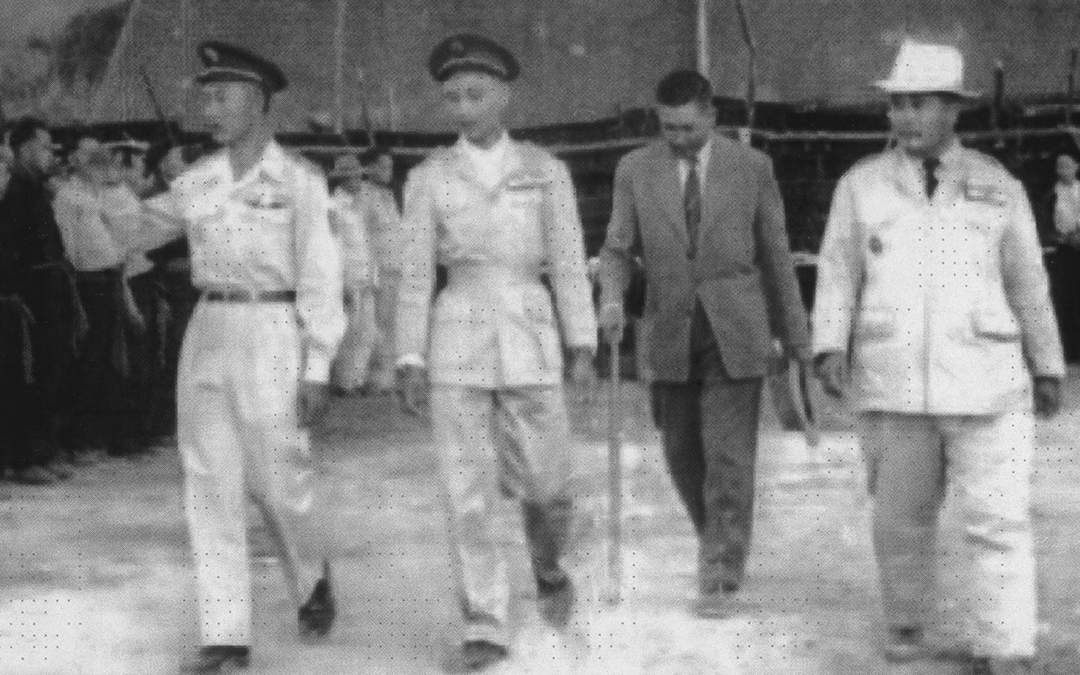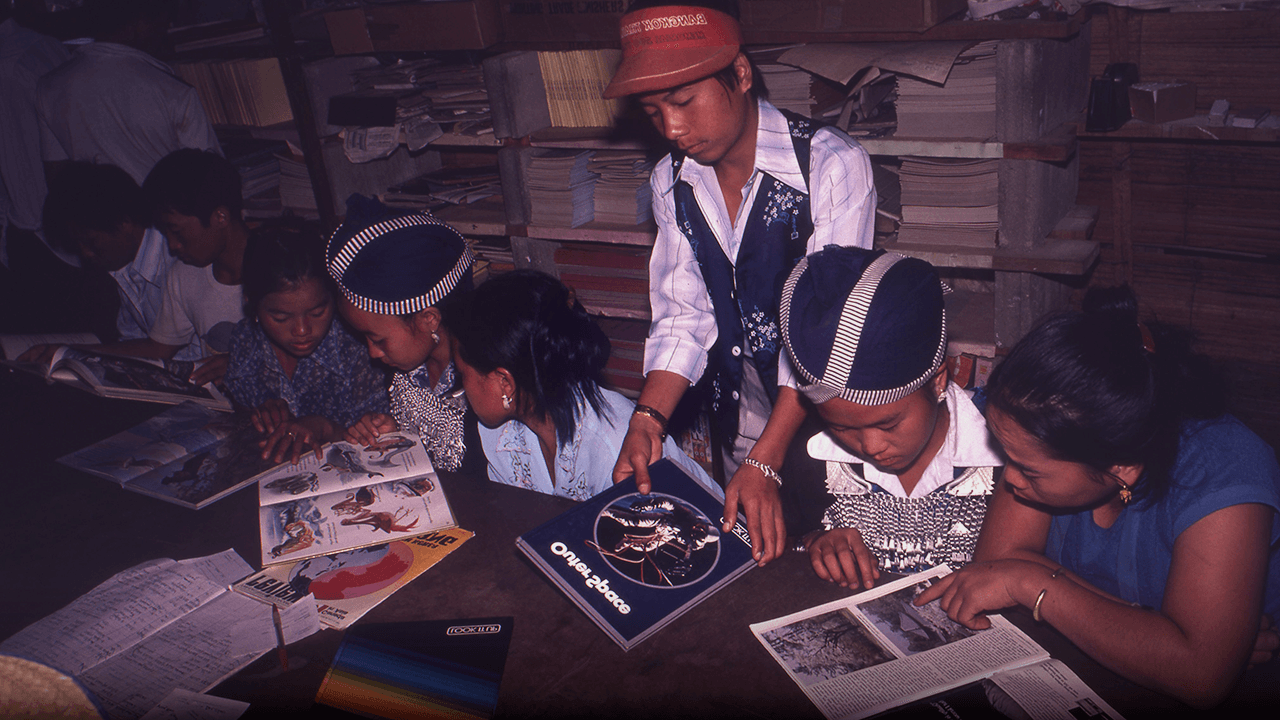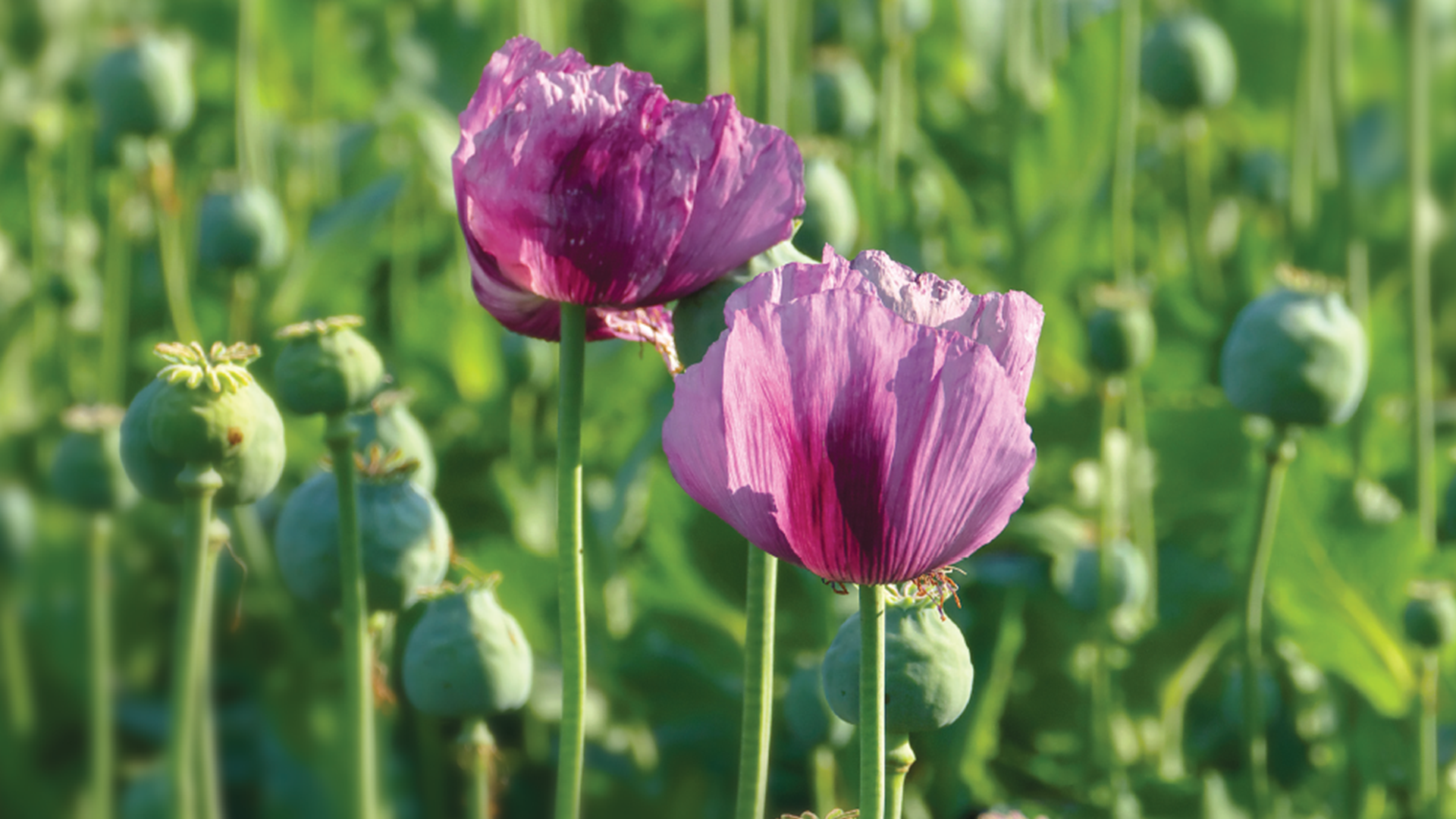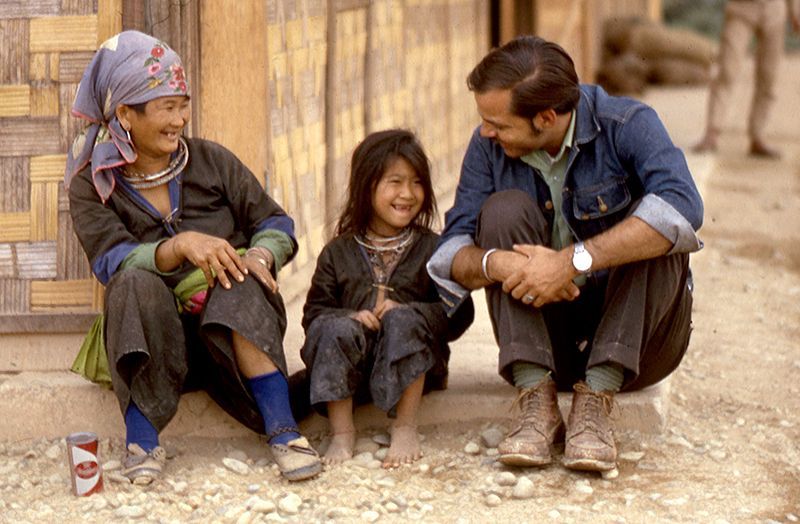Slash and Burn Farming

The Hmong living in Laos primarily practiced Slash & Burn Farming. It is a very labor-intensive method involving manual labor to chop and clear a whole mountain side, burning the trees and then the ashes become the fertilizer without much developed irrigation systems.
The Hmong grew hill rice which yields much less harvests than lowland rice. After two or three years when the fields are no longer productive, they must find richer areas to grow crops. The people from the village pack up and move to another area to rebuild their village and grow crops on more fertile land. This would require them to travel a short distance to the next region to build a new village. Sometimes, they would need to travel further if the neighboring areas were not appealing to them or occupied by others. However, it is uncommon for a whole village to pack up and leave altogether. They relocated independently from family to family, and it is common for a household to remain in one location for 10 to 15 years.
Village Life Crops
Three of the major crops that the Hmong cultivated were rice, corn, and opium. They learned to cultivate these crops after living in China. Corn and rice were planted and harvested during different seasons: corn was harvested during the rainy season and rice was harvested during the dry season. This allowed for more productive use of their land. Thereby providing a reliable supply of food. If a family did not produce a good harvest of rice in one year, they will have security of harvesting the corn crop. This meant that the Hmong worked year-round and were able to schedule New Year rituals and festivities during the very last days of December.
Opium, however, was historically harvested in China where the Hmong learned how to cultivate the crop. The mass production of opium occurred in Laos after the French imposed a new tax law in Laos, which required the Hmong to use opium as a tax payment.
Animal Husbandry
Livestock were a valued commodity for the Hmong. Horses, cattle, and goats were kept outside in their stables; pigs and chickens in their cribs; and dogs were allowed to roam freely. Sometimes chickens were raised in an open space, which allowed them to roam. A cock was usually tied near the house where he served as an alarm clock. The Hmong also hunted animals in the surrounding forest for food and for game. They used crossbows and traps before being introduced to the musket guns. Those who had money could afford guns to hunt. Boys would learn to hunt and trap squirrels, rats, and birds. As men, they hunt and trap deer, wild boars, bears, and tigers.
A Typical Annual Agricultural Schedule
January and February:
Prepare farming tools to clear the fields
MARCH AND APRIL:
Clear the fields for burning in May
MAY:
Right before the rainy season in the summer, the fields are burned, and the ashes become fertilizer for the coming planting season; grains are prepared while the fields are burned so they can plant in the summer and be ready for harvesting in the late fall
SUMMER:
Planting season
FALL:
Harvesting season. This is the most critical and demanding time of year with so much to do.
Harvest must be completed by the beginning of December to ensure the family can survive the following year.
DECEMBER:
Harvesting is complete and the end of the month is reserved for New Year rituals and festivities








